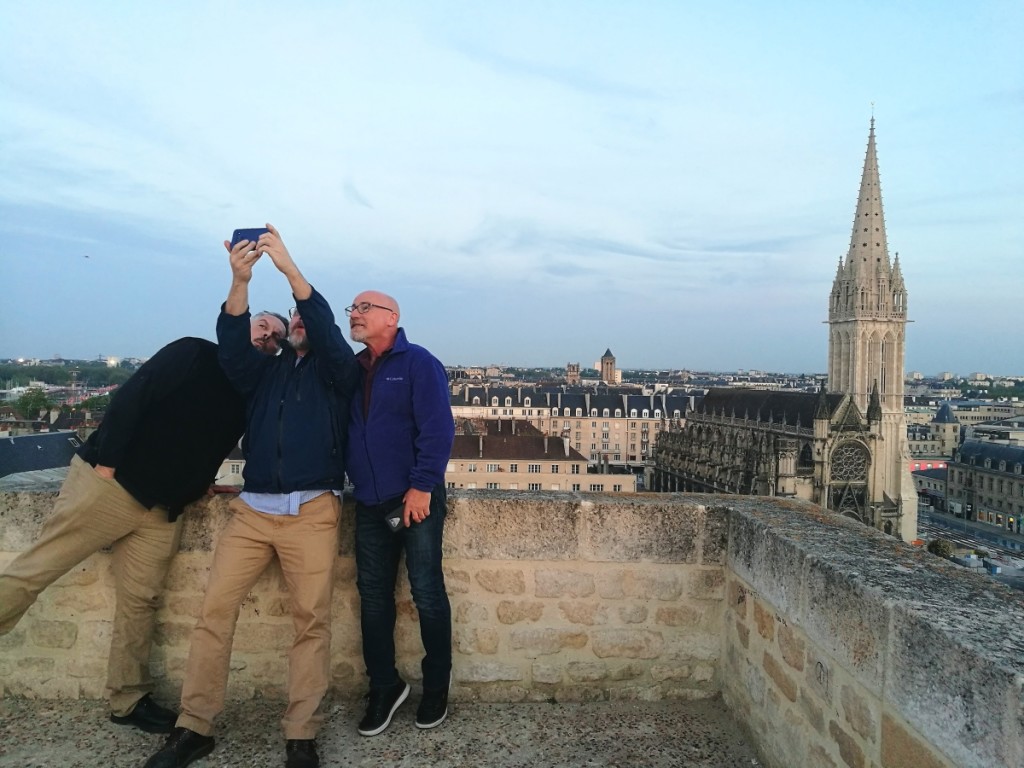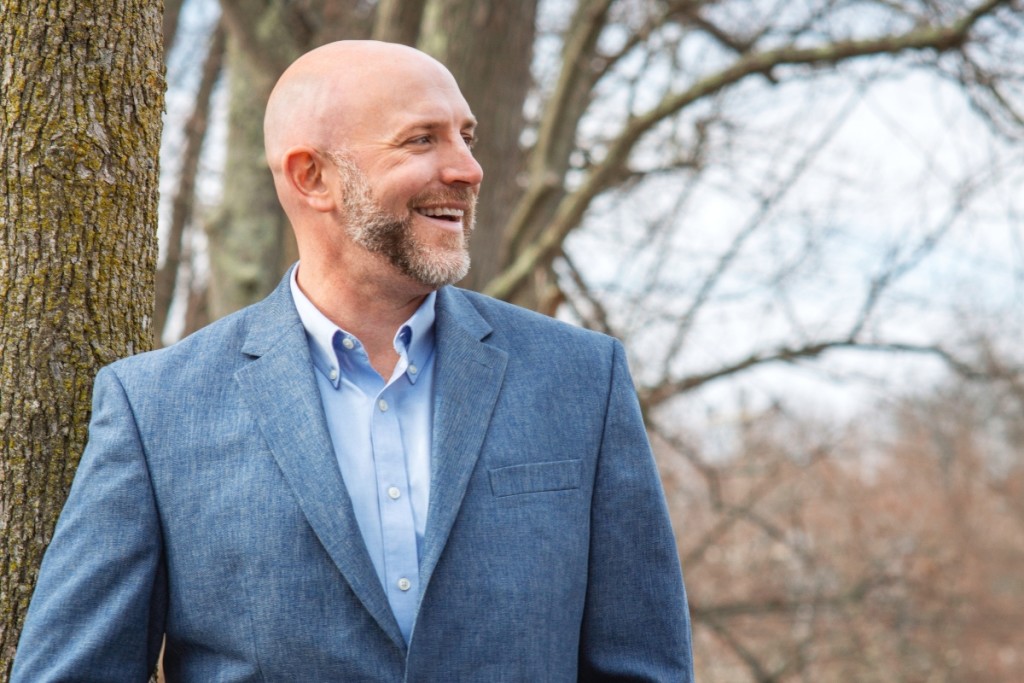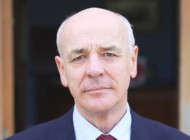Following a nationwide search, Martin Mahoney, director of operations and collections at the Norman Rockwell Museum in Stockbridge, Mass., was recently named Bennington Museum’s next executive director. When he assumes his position in Bennington in southern Vermont on September 8, he will be the leading caretaker of the largest public collection of paintings by the great American folk artist Anna Mary Robertson “Grandma” Moses, as well as a premier collection of Nineteenth Century Bennington stoneware, works by major Twentieth Century Modernists, including Rockwell Kent, Paul Feeley and Jules Olitski, as well as works by contemporary and outsider artists. In short, a broad and rich collection for a small institution. Antiques and The Arts Weekly reached out to Mahoney before he assumed the reins to discuss the new opportunity for him and the museum.
Congratulations on your appointment. How do you feel about it?
I’m so pleased to have the opportunity to work with a fantastic institution with a tremendous staff that is one of the cultural touchstones in the state. The chance to come back to Vermont and be part of a community that embraces the arts as an essential factor in improving quality of life for all is a tremendous opportunity.
You begin your tenure with Bennington Museum with an impressive track record – more than 20 years of museum leadership experience. What were some of your achievements at the Norman Rockwell Museum (NRM)?
Looking back, I’m most proud of two projects over the years. One, managing operations and logistics of the traveling exhibition “Norman Rockwell & The Four Freedoms” that traveled to a number of major institutions within the United States from 2016 to 2020, as well as opening in Normandy, France, at the Memorial De Caen for the 75th anniversary of the D-Day landings in the summer of 2019. It was a moving and humbling experience to bring Rockwell’s artistic interpretation of Franklin Delano Roosevelt’s Four Freedom’s speech to an international audience at the moment of such an auspicious anniversary.
Two, it would be the work I helped coordinated on the preservation and protection of one of the NRM’s most significant artifacts, Norman Rockwell’s Stockbridge studio. Having been moved in place in the mid-1980s, the move to make the space more accessible, structurally sound and safer for the staff and visitors is particularly rewarding.
What was your favorite exhibition to have curated?
I’m particularly fond of the show I crafted working with the Hungarian-born artist Istvan Banyai. Curating “Stranger in a Strange Land” was tremendously gratifying. Having the opportunity to work with such a creative force who is so dazzling in person that he infuses everything he does with a sense of energy and purpose was a once-in-a-lifetime experience. It was tremendous to work with someone who is the definition of artistic genius.
You also participated in the Getty Leadership Institute. How has that experience shaped your career?
The Getty program, now the Museum Leadership Institute, left me with a commitment to manage in a way that places the highest priority on gaining credibility with the staff you work with, the public you serve and your partners in the institution.
You are assuming the position from the interim director, David Pilachowski, whose photo on the museum’s website shows him in mountain-climbing gear? Will you be tackling Mount Mansfield?
Vermont is a gorgeous state, and I plan on spending as much time outdoors as possible. Summiting Mount Mansfield is on the short list of to-do hikes for the fall along with exploring bikeways as well. I’m also excited to have access to a variety of ski terrain this winter as well. Being within driving distance to a number of ski areas is a nice perk of living in the area.

Post-Installation of the Norman Rockwell exhibition “Rockwell, Roosevelt & The Four Freedoms.” Said Mahoney, “A kind French local took this image of the team taking a selfie on June 4, 2019 and texted it to me the following day.”
Bennington is steeped in history, well known for the Battle of Bennington during the Revolutionary War and home to the Bennington Battle Monument. Does your BA in history from Castleton State University inform your interest in the intersection of history and art here?
It certainly does. My academic experience at Castleton and SUNY Albany shaped the way I perceive how art and culture have intersected over the years and how they feed one another. Most importantly, it’s given me a set of tools to interpret that history and see what has changed in the interpretation of events, what stories were told and why and what narratives have been left out.
What do you see as some immediate challenges at the museum?
In the face of so many other non-profit organizations and entertainment opportunities, the museum must make a clear case to the public what is unique and special about the Bennington Museum and why this institution is worth their time and treasure.
And, of course, Vermont, home to Bernie Sanders and ecological progressives, has a bent towards environmental stewardship. Do you have a plan to leverage the museum’s stature in the community to pursue those goals?
The physical environment plays such a role in Vermont’s history that it would be a disservice not to incorporate it into the museum programmatic offerings. Partnering with other organizations to produce new, high-quality experiences will be one way the museum moves forward in exploring the role that the environment has played in its culture.
While we all hope that the surge in the Covid-19 delta variant as we head into fall doesn’t force the closure of galleries and exhibitions as occurred in 2020, do you believe the museum has the resources necessary to ensure the safety of visitors, staff, families and the community, as well as strategies to produce online and virtual programming?
Absolutely. The museum pivoted during the first wave of Covid to refine its in-person procedures and to produce online content. The last year has been a learning experience for all museums, and the lessons learned will help ensure the online/virtual programming better in its execution and delivery. Finally, the safety of the staff and guests to the museum is the highest priority for me. The museum will be a place that provides a warm, welcoming and safe environment for all that participate in a visit or any program.
-W.A. Demers





